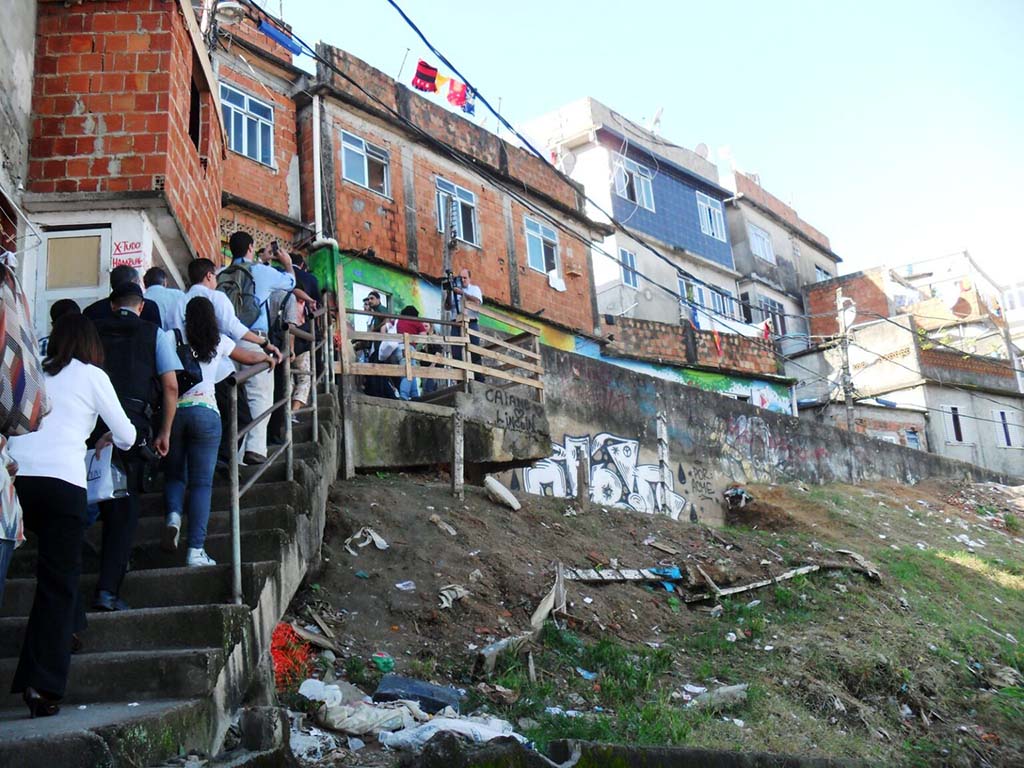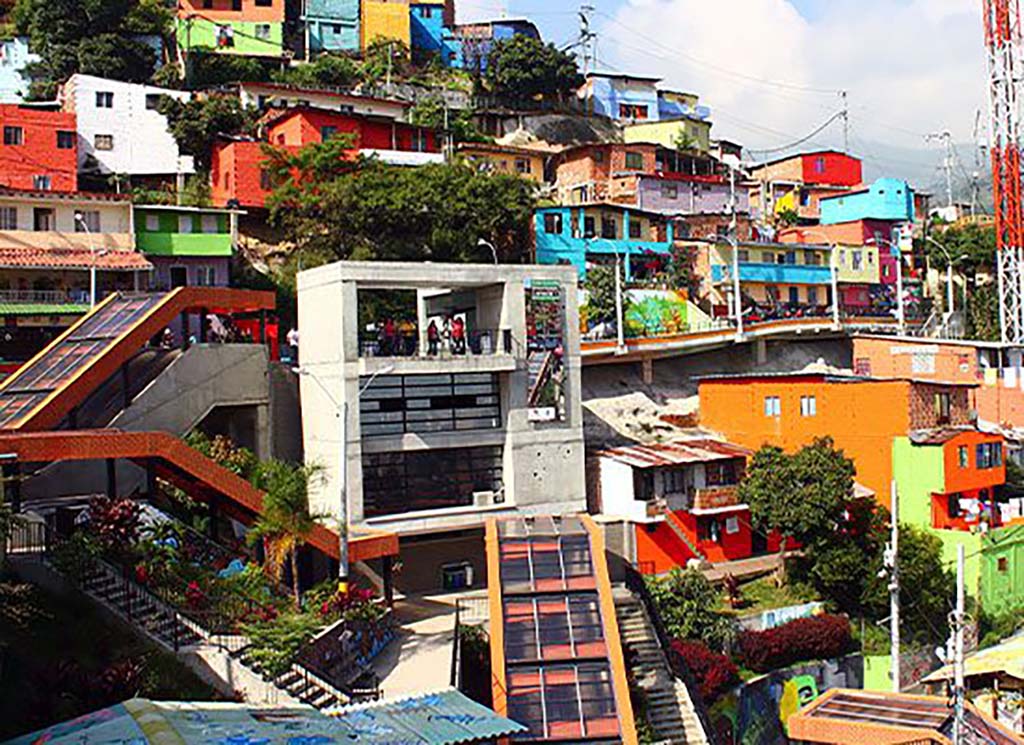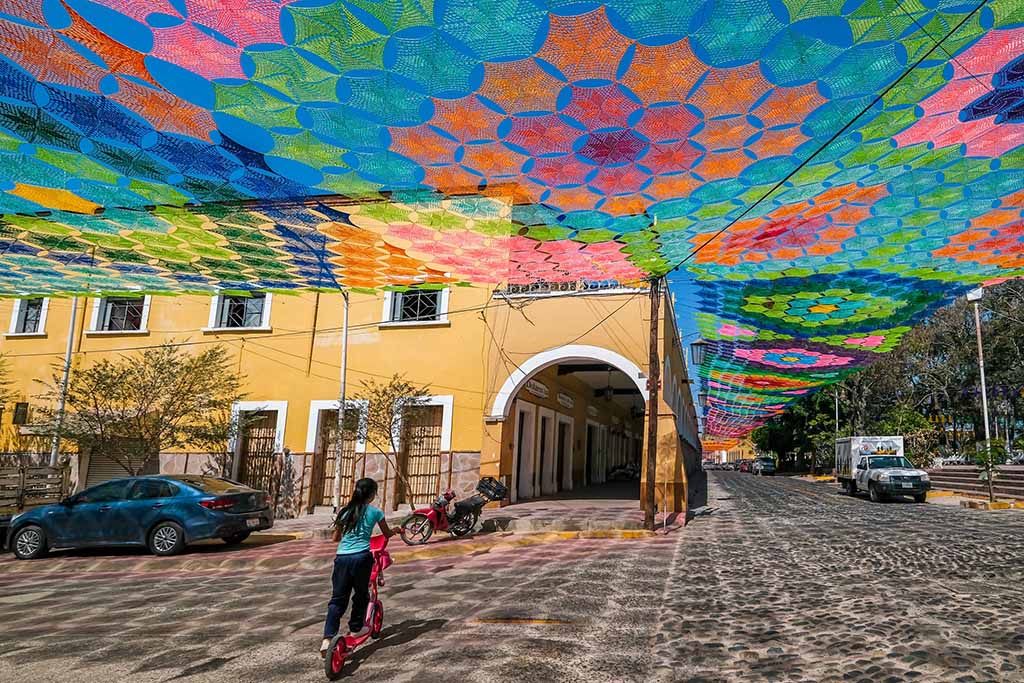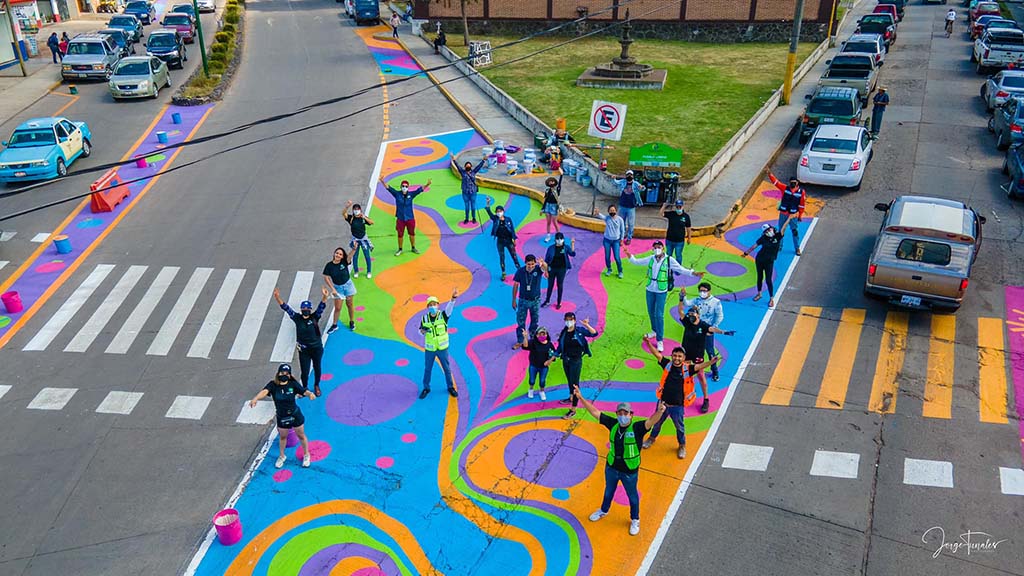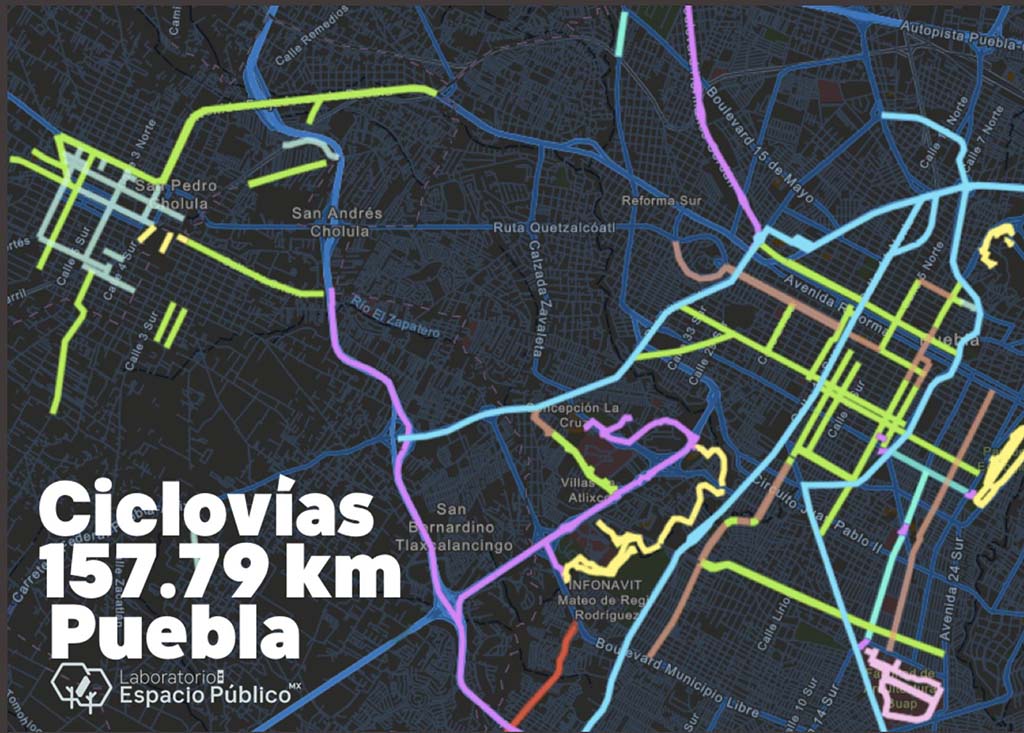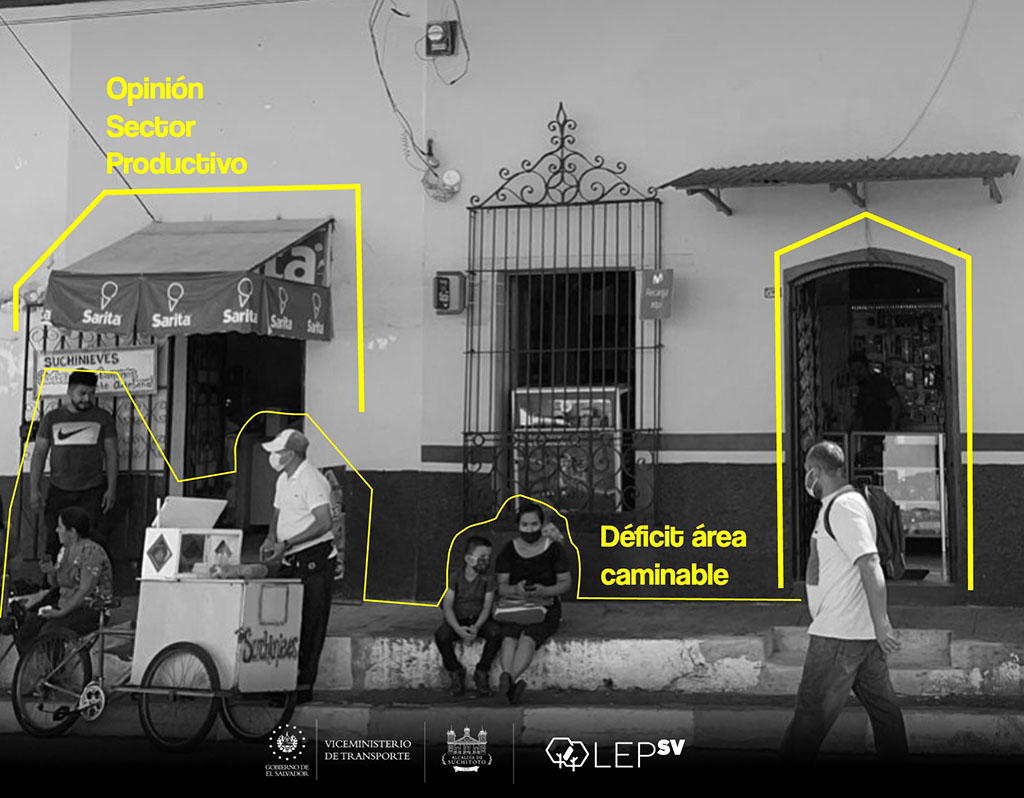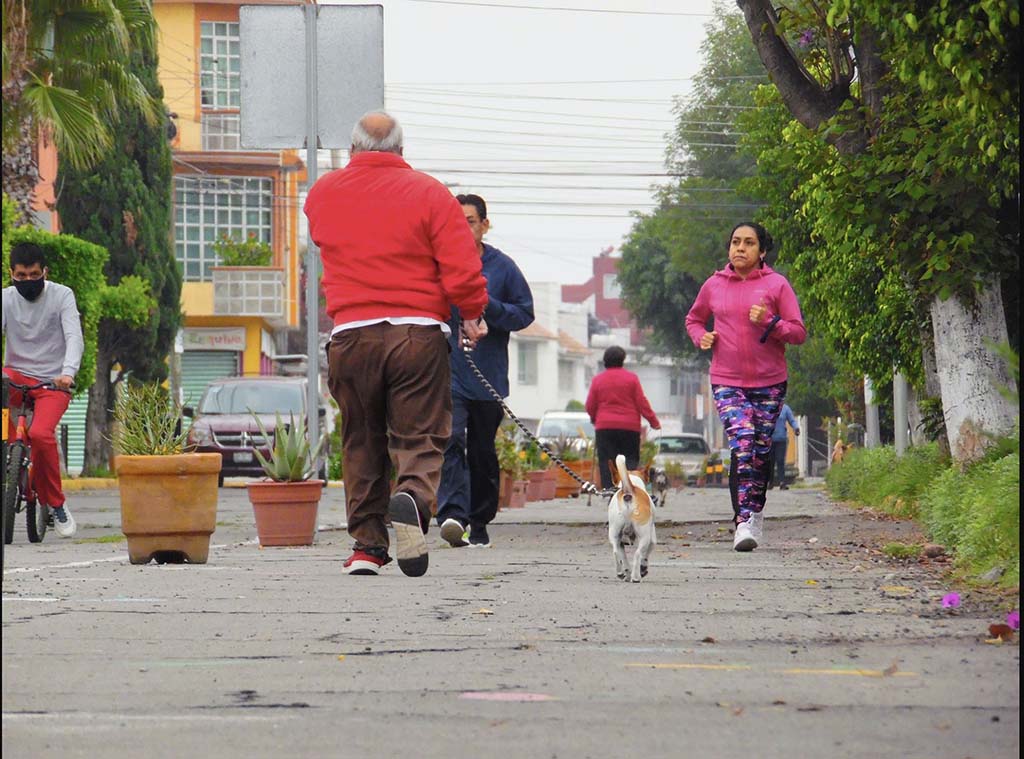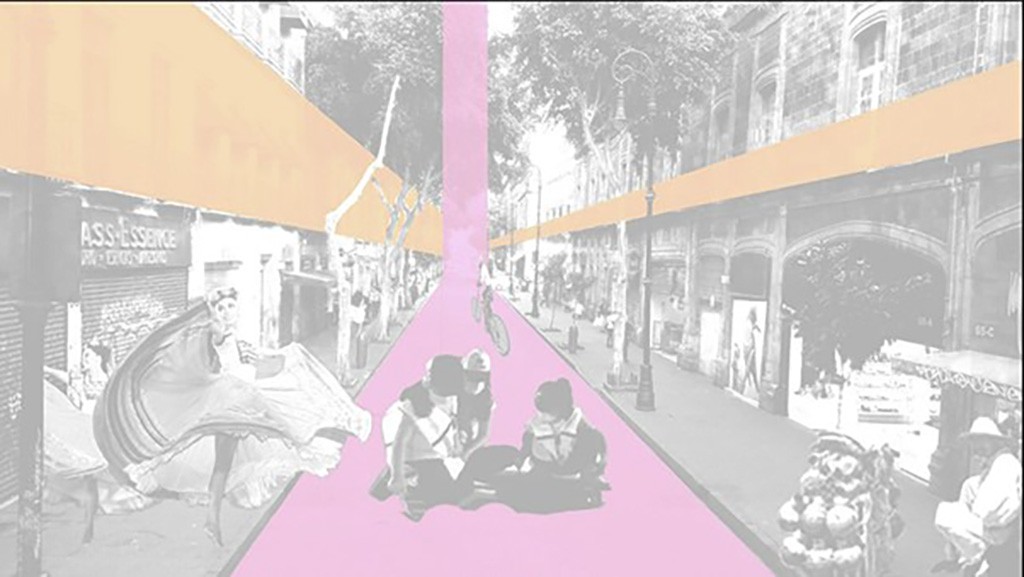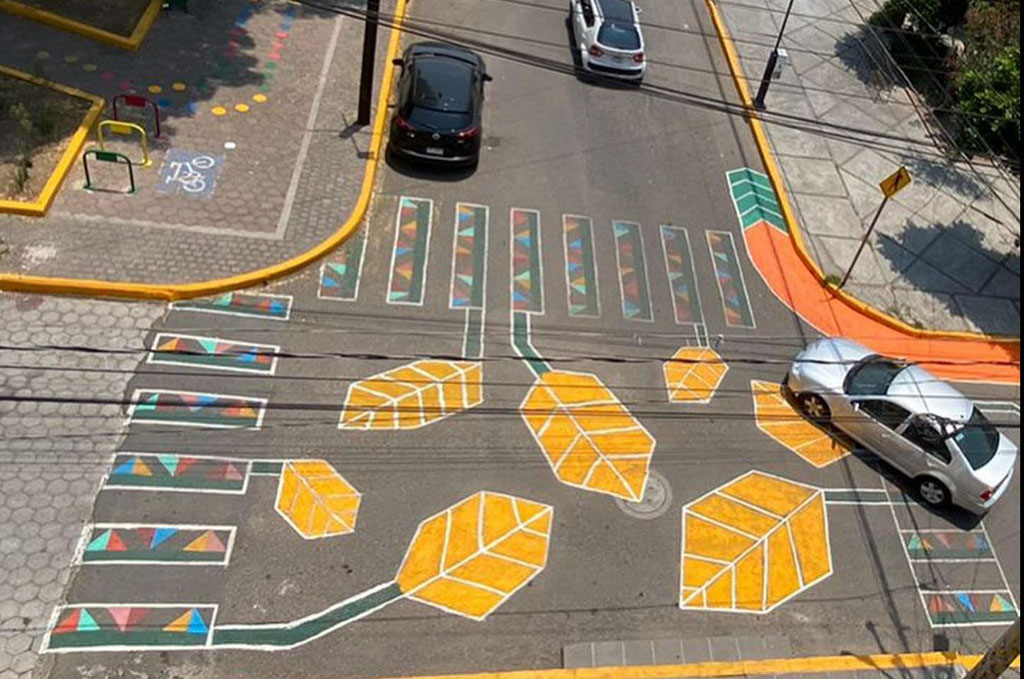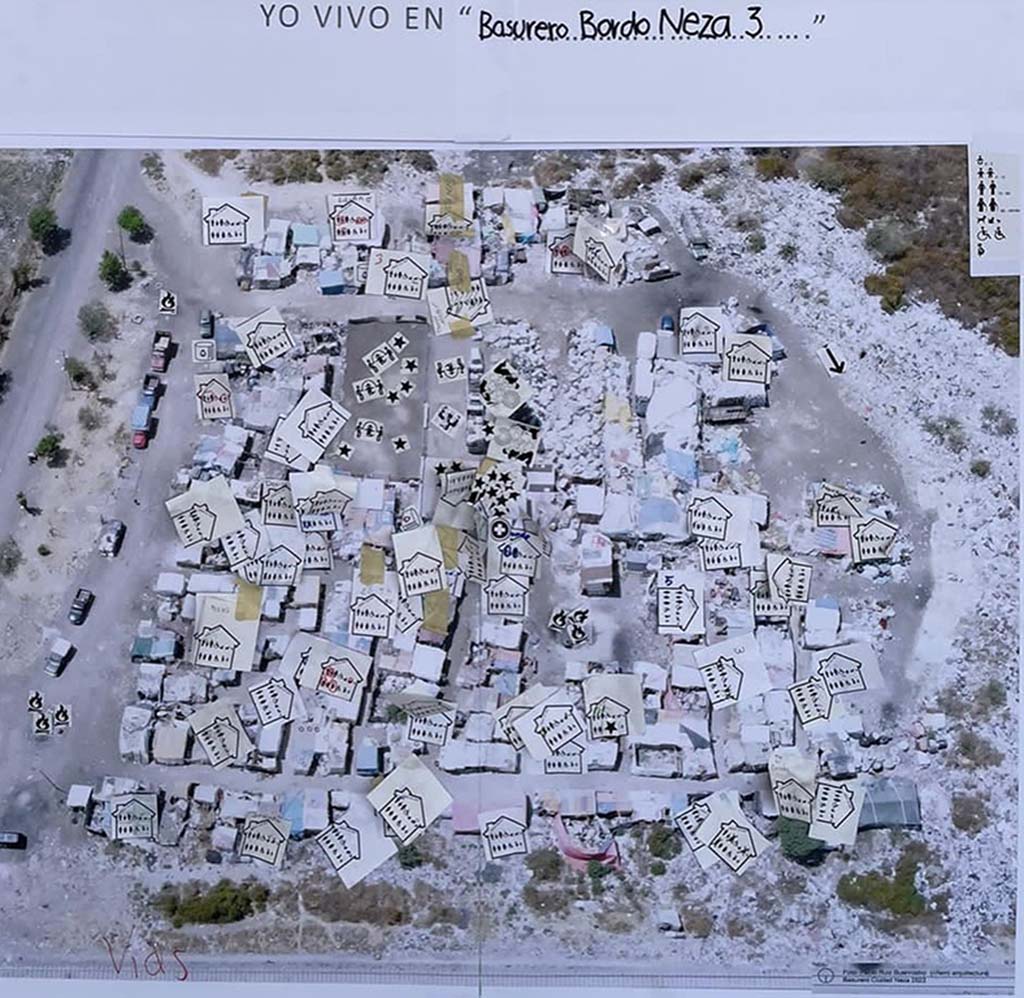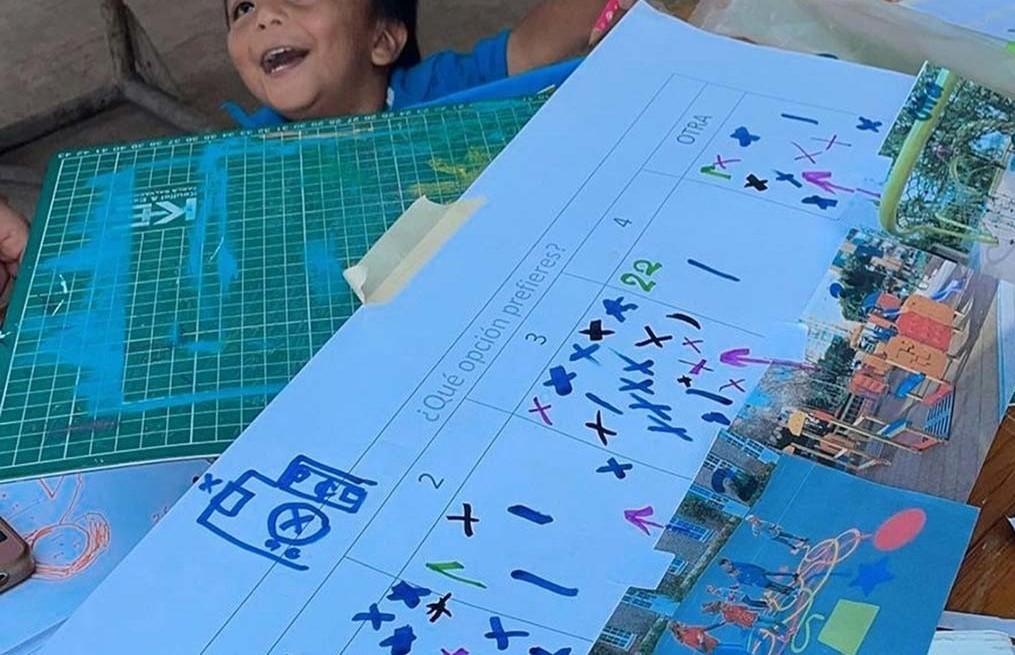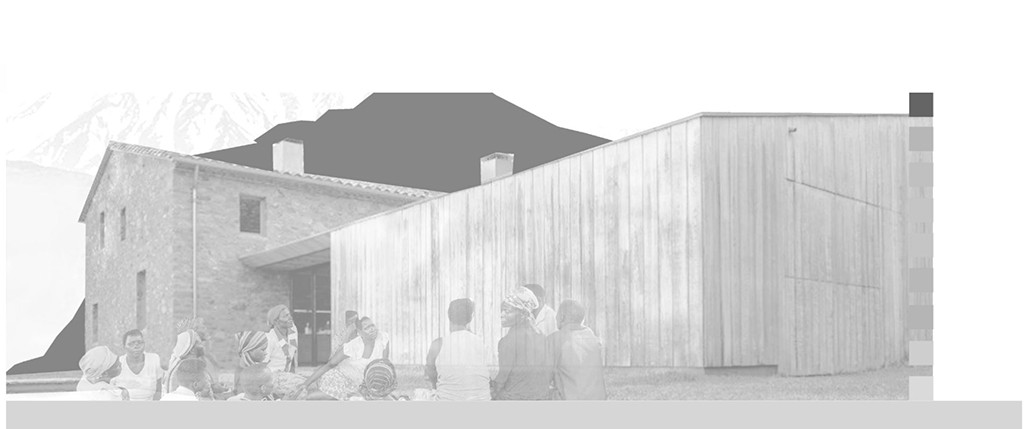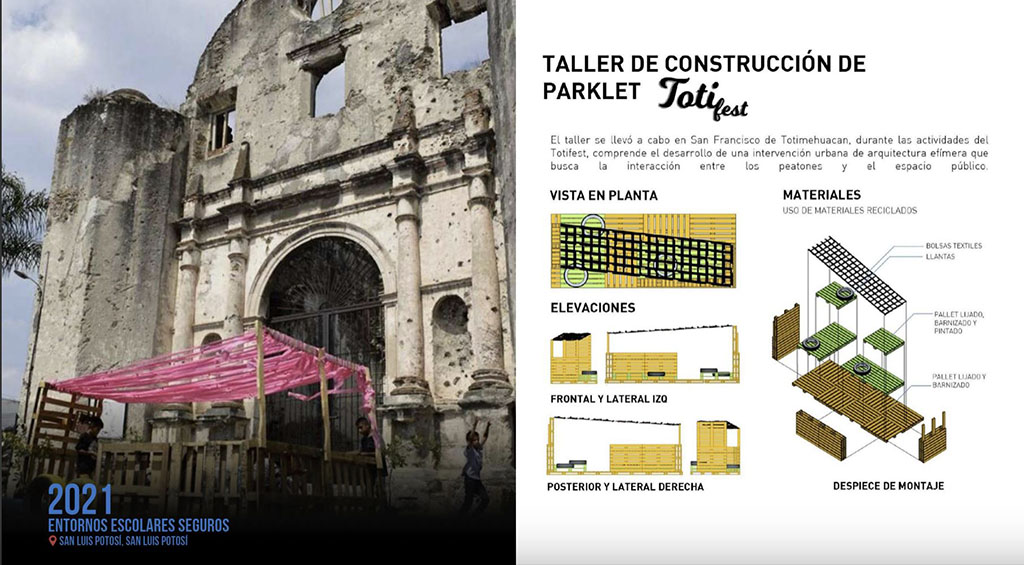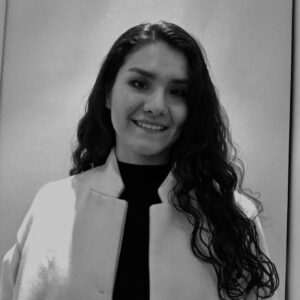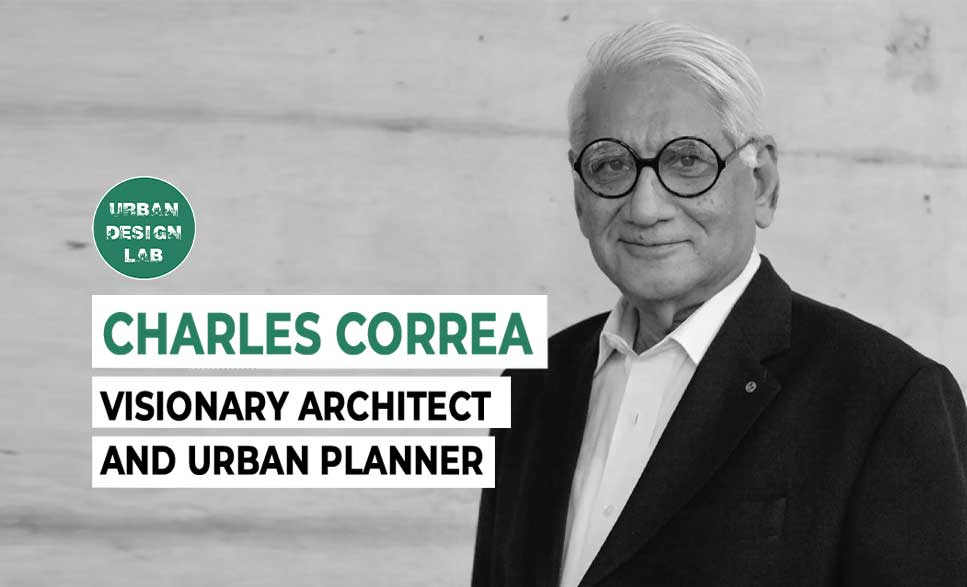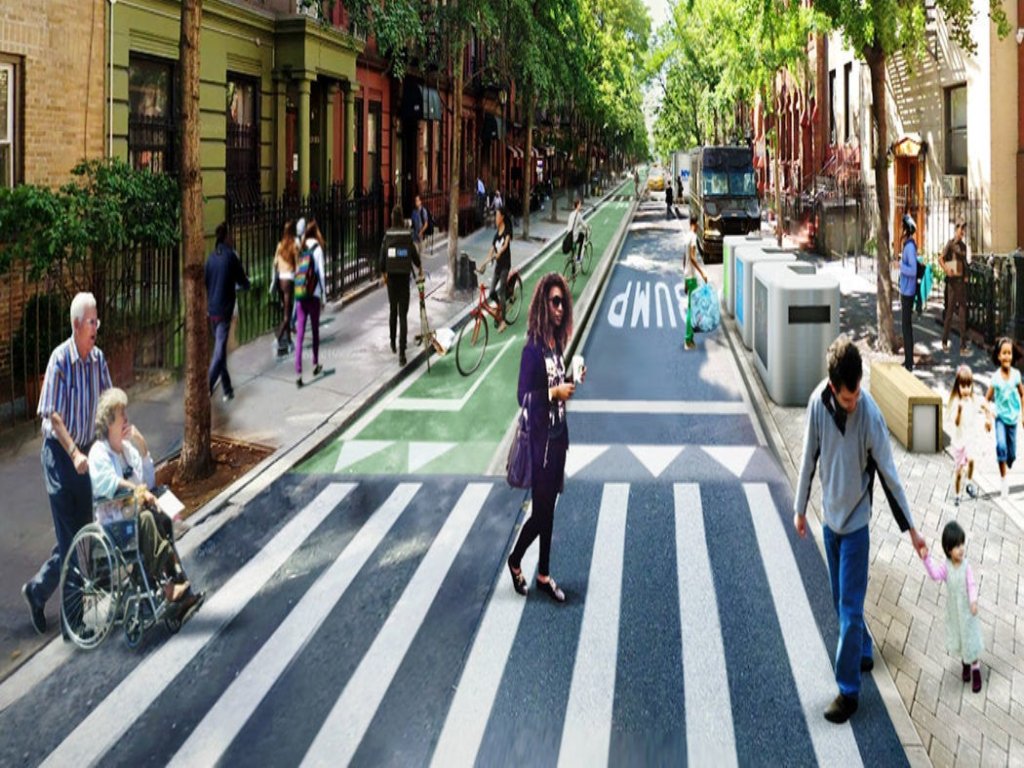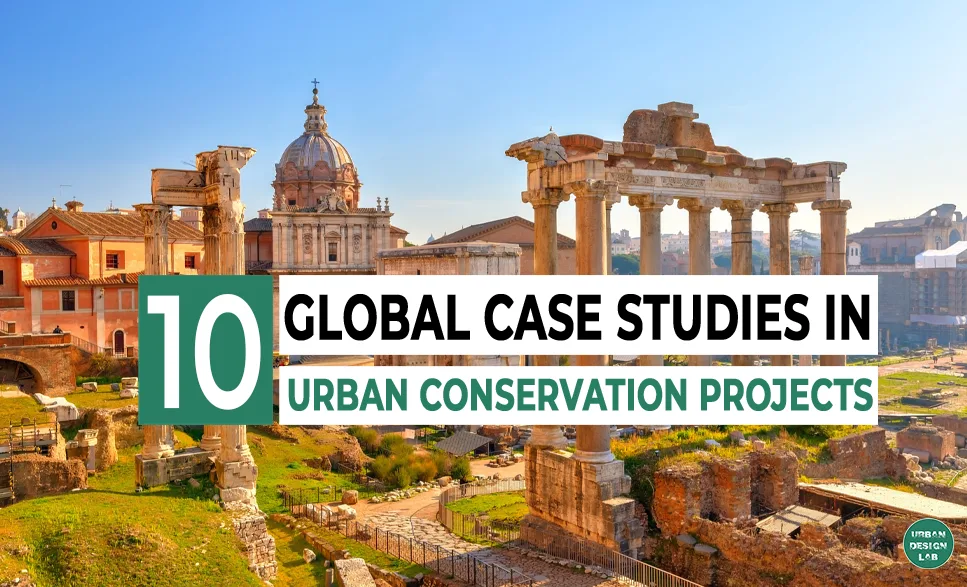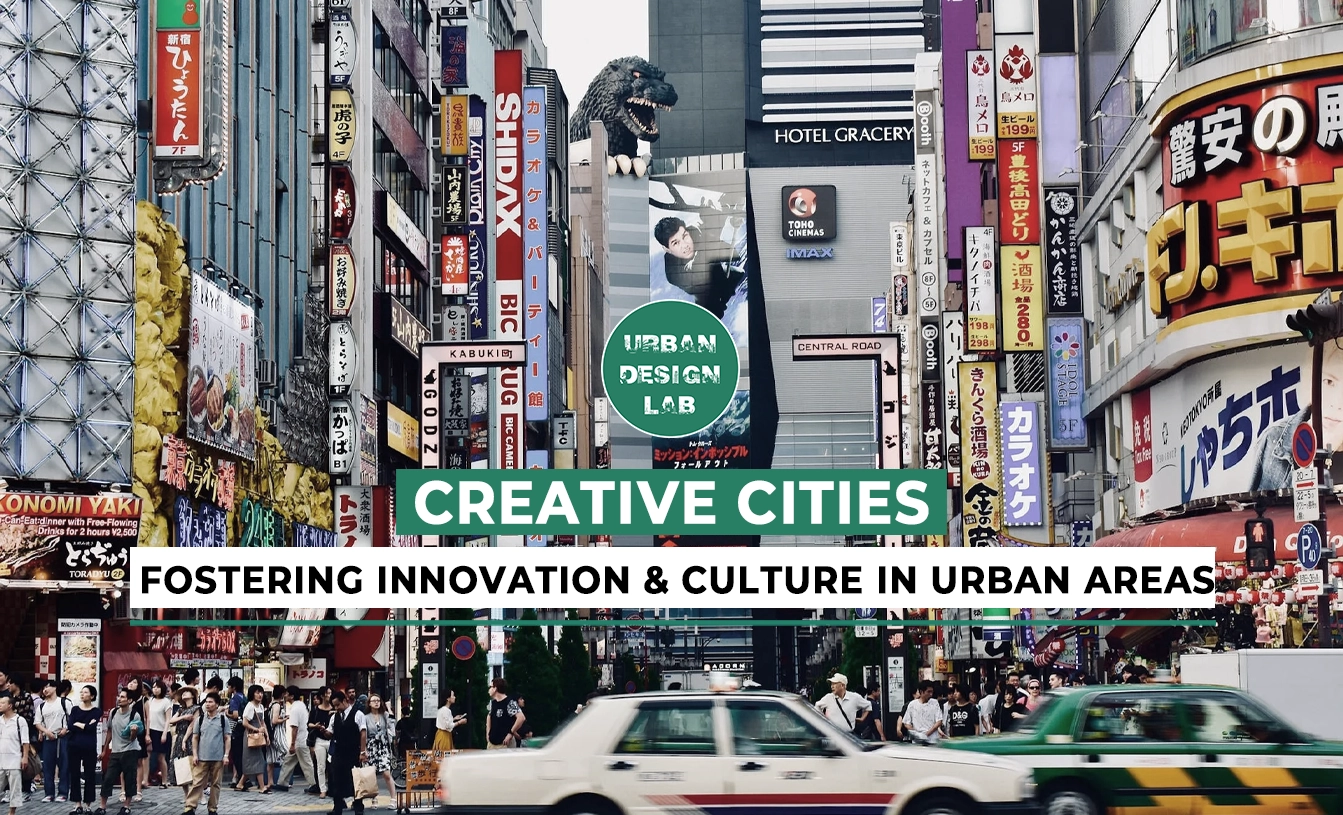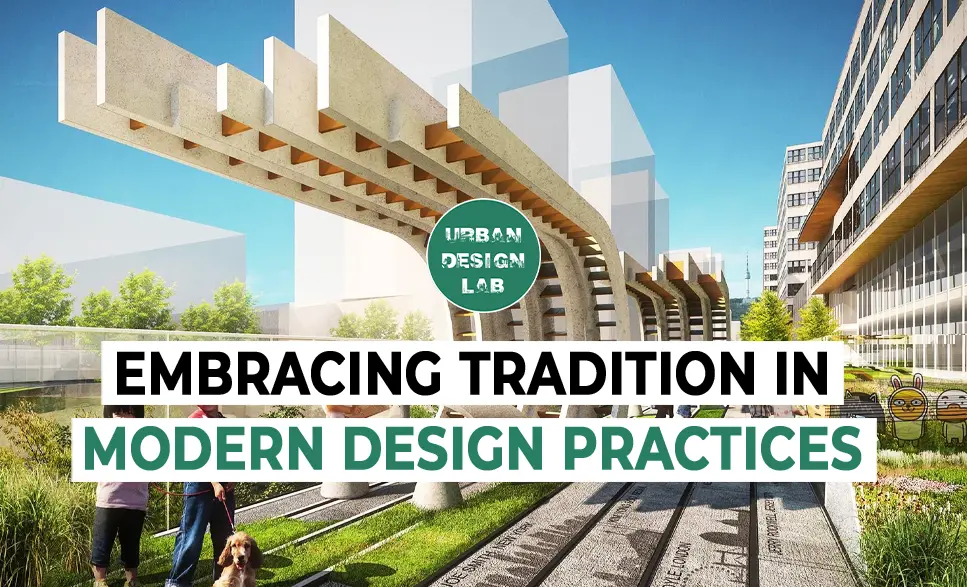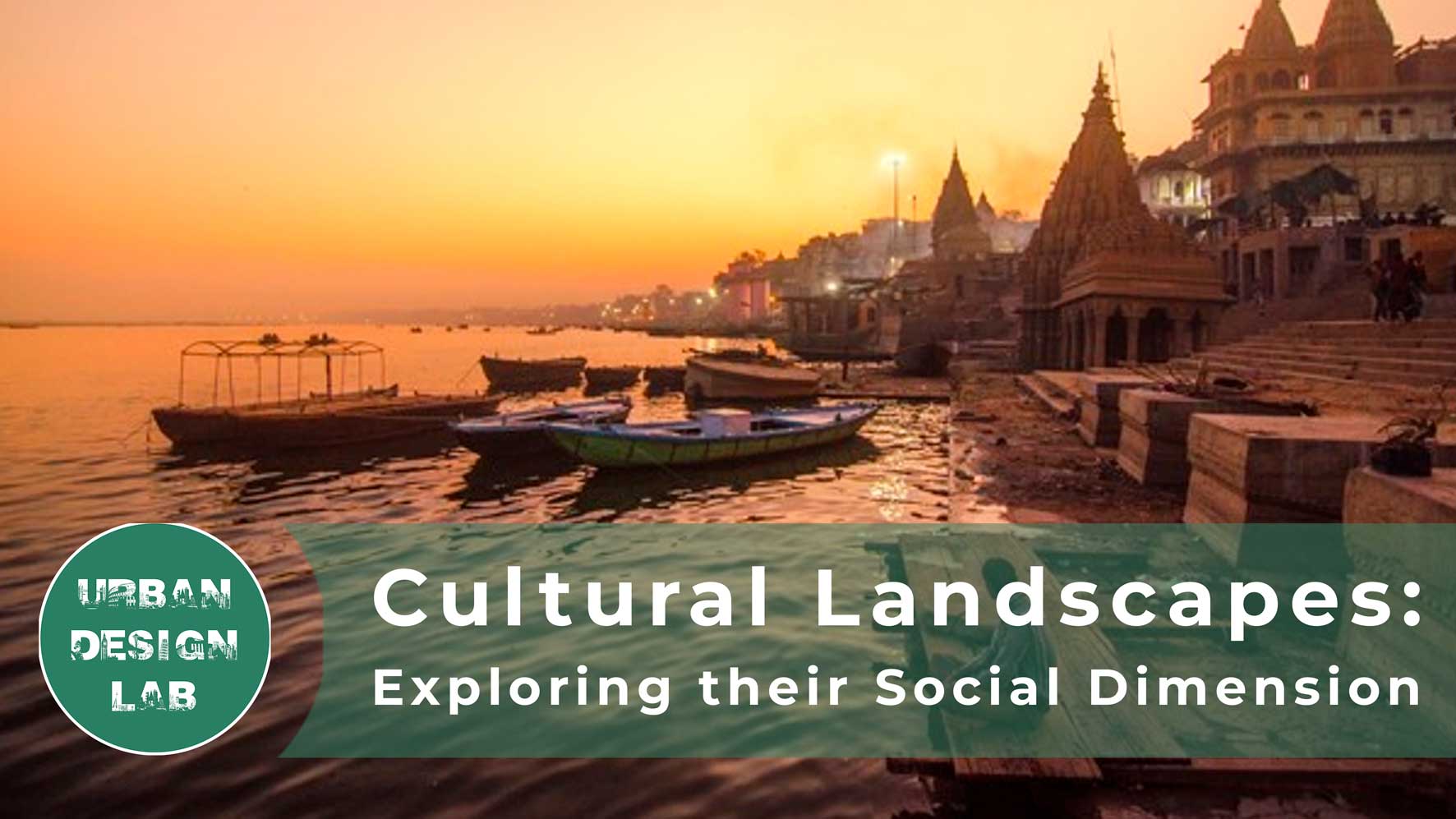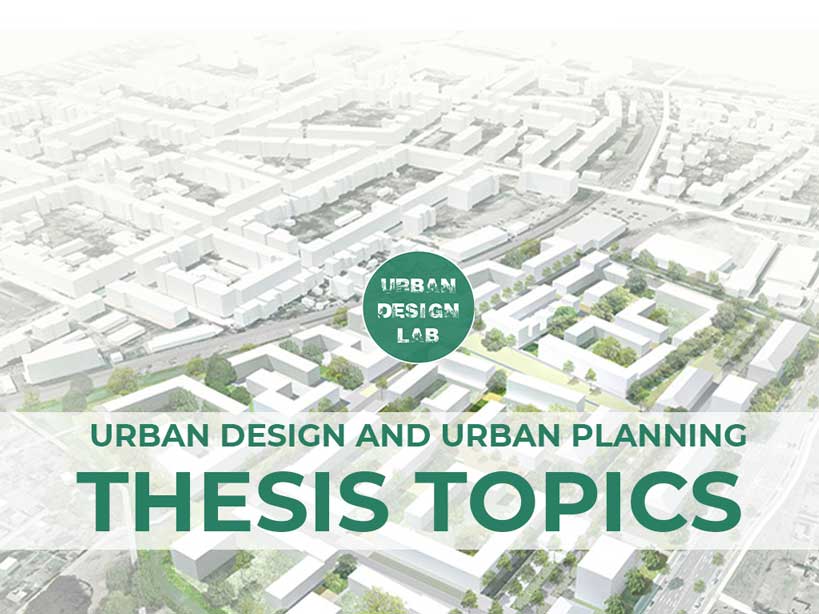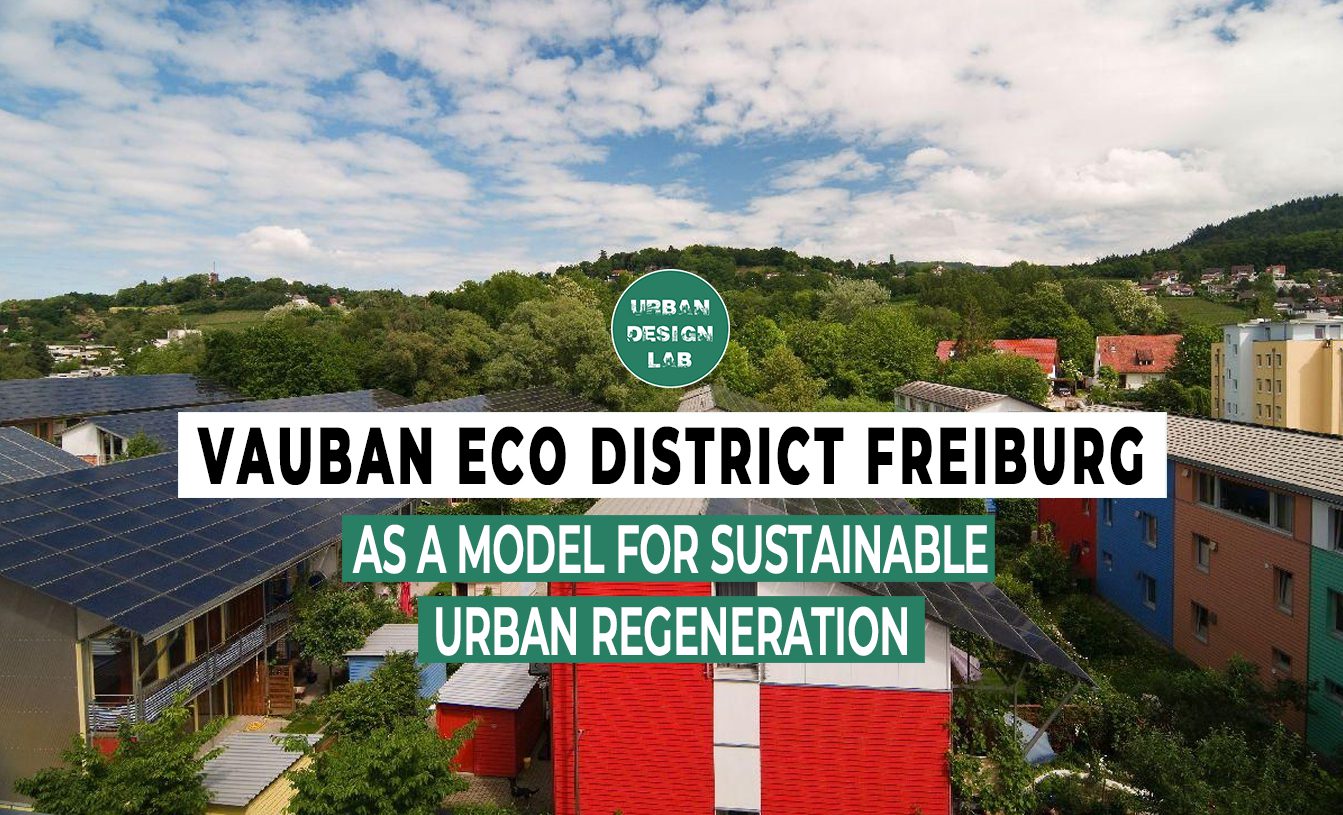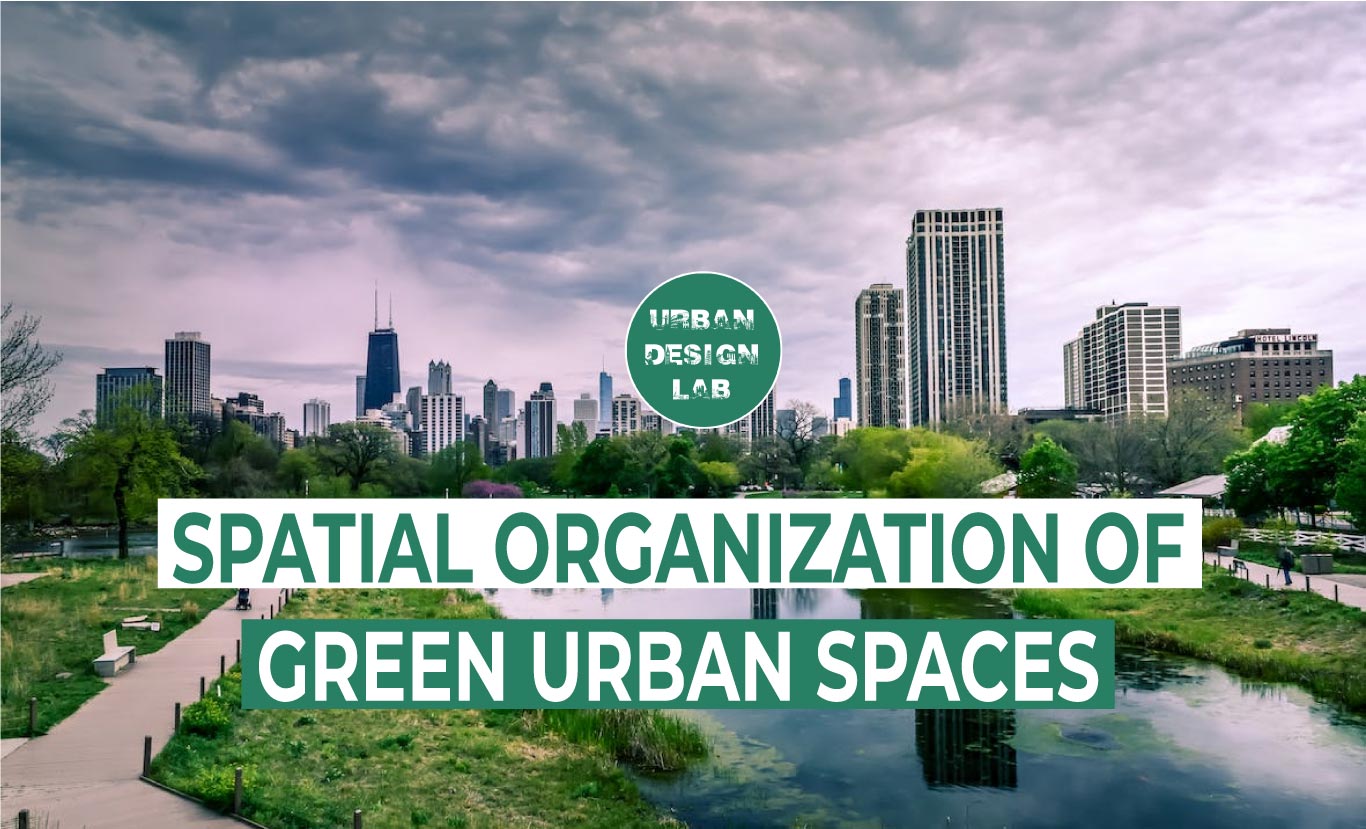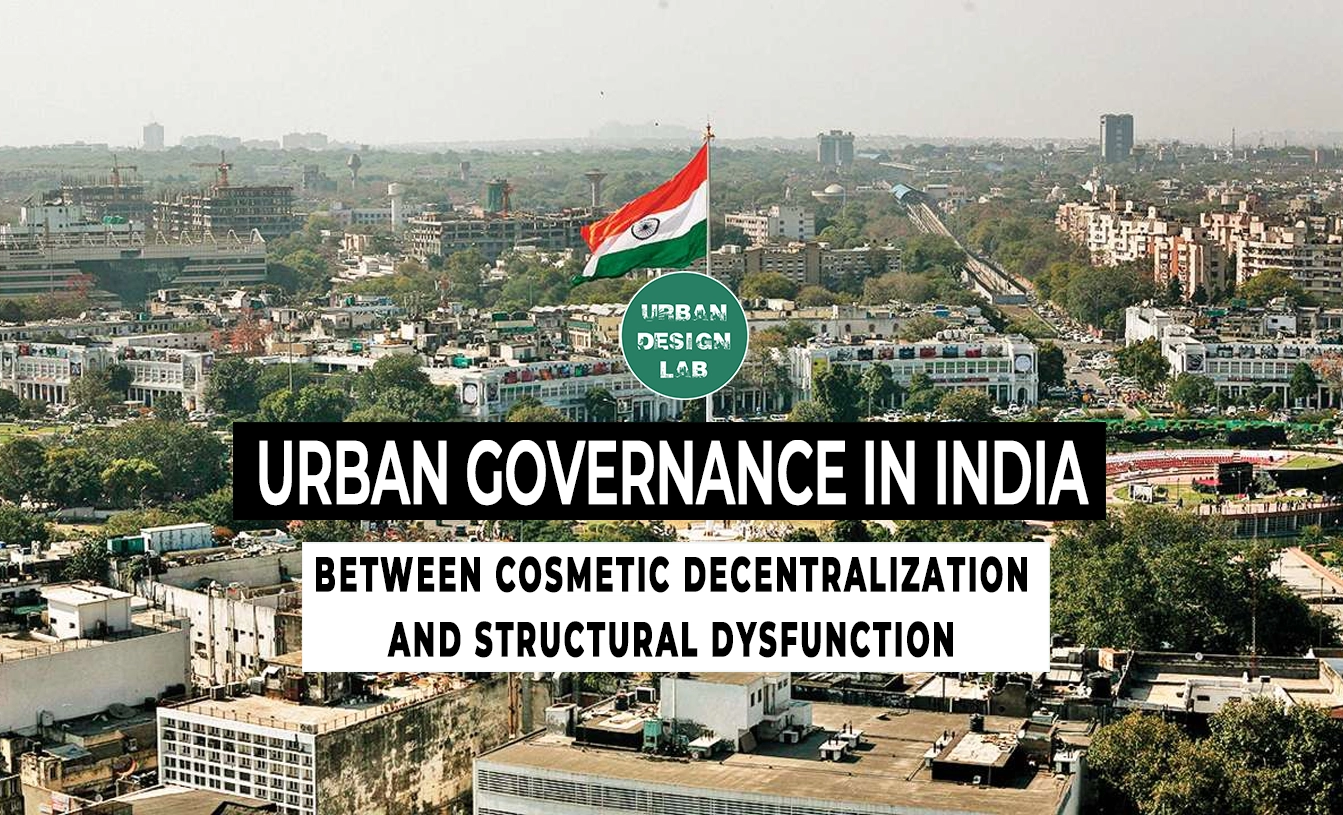
What the world should know: Mexicans in Public Participation
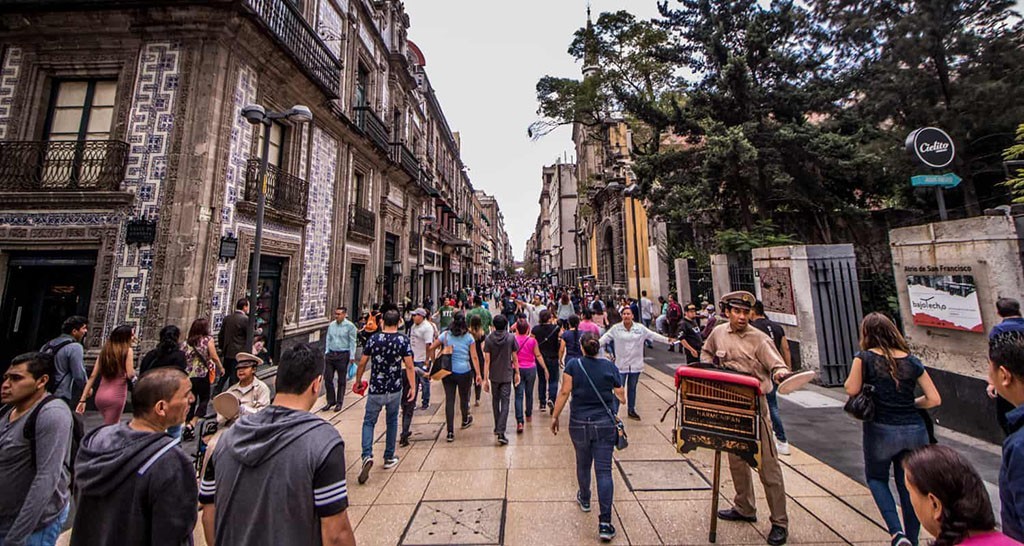
On behalf of the city
As Jane Jacobs once said, “there is no logic that can be superimposed on the city; people make it, and it is to them, not buildings, that we must fit our plans”, strong words that set a precedent today. What’s more one of the many contributions quoted by the wise writer and activist of The Death and Life of Great American Cities (Jacobs, 1961). Eventually, the value of the society’s participation in shaping the city echoed, especially questioning how architects, urban planners, and city designers, were -and still are in some places- designing the urban living prioritizing the infrastructure over the inhabitants. Undoubtedly, if this statement had been ignored, that ‘sidewalk ballet’ in the life of the Greenwich village would have been non-existent today as we know it. Luckily, the inhabitants of New York City prevented the segmentation of this area in downtown Manhattan, while some other cities in the Global North and South did not have the same luck and lacked a sufficiently participatory community to shout out on their behalf.
One man's fish is another man's poison
However, it is disquieting that in many cities urban interventions have the power to modify the activities performed in city life, and if the prioritization of the real needs in the community is overlooked, in some cases, ignored, the context can negatively impact the right to the city for its inhabitants. In addition, some methods within the governments that attempt to modernize public space in the Global South -in Latin America- have changed the urban infrastructure leaving behind the essence and dynamics that enrich these communities.
A very difficult task is disconnecting the idea that certain European models are applicable to urban interventions in Latin America to seek modernity, which creates a contrast to the rest of the modern world when the results are not achieved as wished. Especially if we’ve been taught the idea of divisions in hierarchical categories that create unbalance in the communities but are part of the constitutive of “modernity”, (Liernur, William, and Kozak, 2008).
Real problems require real solutions.
We’ve seen impressive challenges in projects that had achieved equity and equality in cities of the Global North (e.g., Integrated urban development in Copenhagen), and in the Global South (e.g., Image of Urban Acupuncture at Comuna 13 in Medellin, Colombia.). Potentializing the right of the inhabitants to Public Participation, and the inclusion of society in the planning of the public realm to share the needs and the most important problematics of each culture.
Due to the contributions and concerns that guided communities to raise their voice and express their specific needs to professionals and governments, some methods, tools, and manuals had been developed to contribute to urban policy, planning, and urban design around the world. Having more inclusive government practices involves a more concerned generation of participatory contexts where representatives can share their perspectives in the search for alternatives to solve their common problems.
Mexicans can: Public Participation
It has been known that public participation contributes to success in the most needed situations within a community, the participation, and speculation of what could be probable solutions have helped the public spaces to be shaped according to the city’s activity.
In Mexico, the different initiatives to enhance a better future, remain in the prioritization of the Urban analysis in each area of concern, due to main issues related to economics, security, culture, and other challenges. As for Public Participation to take place, it is necessary for government practices to be more inclusive, creating participatory contexts where representatives of focus groups in Mexican cities can feel integrated into the different activities. As illustrated by the image below the largest crochet canopy. After years of effort, the crochet of more than 8,000 square meters that today covers the Mexican town of Etzalan, Jalisco, made by the Cielo Tejido collective, proudly shows the work of a group of inhabitants of that city. In addition, this work of citizen participation has won a Guinness Record and participation in the Dubai Expo.
Luckily, some important social initiatives have arisen, including non-governmental organizations and companies for assistance to governments in regional planning, urban design, sustainable mobility, and security seeking for a better urban future in Mexican and Latin American countries, focused on the specific problems that these Global South countries, faced in this modern world.
Laboratorio de Espacio Público México, LEPMX.
This organization was born from a series of urban inequalities that disquieted a group of organized citizens from the architecture and urbanism guild. Thence, emerged as a non-governmental organization aiming to create a structure that would provide local governments with the basic knowledge of interventions in the urban realm (Valerdi Moroni, A. F., 2022). Which must adhere to guidelines and norms of public space, and sustainable mobility projects, among others. Through, volunteering programs, and the inclusion of inhabitants in city matters, this NGO attempts to assist governments and bring education to institutions, by raising awareness of current problems and bringing knowledge to the interested population (e.g., the first interactive cycling map of the Puebla Metropolitan Area, see below).
Laboratorio de Espacio Público México, LEPMX (Laboratory of Public Space Mexico) has achieved the integration of urban principles and guidelines around the world to be landed into a reality that cities of the Global South face, and that demand substantial solutions with urgency.
1. Looking for better urban futures.
The contributions include participatory design, along with the accomplishment of Mexican urban policy in each intervention, hand in hand with the Sustainable Goals and New Urban Agenda. Also, their practice has several tactical urbanism projects that create urban scenarios that are enhanced through art the culture of the Mexican localities intervened. Equally important for this NGO is to document and share knowledge as an educational platform. Not only with the creation of temporal perceptions to inhabitants and new experiences to perform their daily activities in comfort, enjoyment, and security. But also, it is important to mention that their contributions coach architects, urban planners, sociologists, biologists, and more professionals that seek a better public and sustainable environment. Thus, is overriding to assemble ties with cities in Latin America looking for better futures and intervening in improvement projects in El Salvador in Central America, and South American countries (e.g., Suchitoto Analysis of the Public Space).
2. Understanding the process
Besides their contributions, remain in understanding the urban landscape changes in the public culture and sense of security for the inhabitants in the community. Because of, its process that alongside the proxemics in all circumstances identifies the specific methodology to analyze certain social cartography of each site. The process of recognizing the tissue composition, possible recovery, and improvement strategies at different scales, results in a project that targets the main problem-solutions of every Mexican and Latin American city.
What’s more, the mentioned before enables improvement in Mexico and sets a replicable example to other countries of the Global South in Latin America. Thereupon, allows the creation of ties between universities, and the public and private sectors. Undoubtedly, LEPMX is an exceptional example of Public Participation aiding the development, envisaging the different concerns that only the citizens that experience their own country’s realities daily.
3. Psychosocial Phenomena in Mexico.
The LEPMX team studies urban problems that exist in the process of specific projects that have their own nature at different scales, therefore require special treatments that usually hasten the processes or hinder them. Another advantageous and important task of the LEPMX team is their contributions to focalizing ordinances, customs, traditions, and psychosocial phenomena of each place within Mexico and cities in Latin America. Along with the relation between individual psychosocial well-being and site characteristics, that affect the psychosocial wellness of different groups (González-Forteza et al., 2020).
For instance, when making a social mapping to know the current situation of the cities to be intervened, on many occasions knowing the religion of the communities is a tool that facilitates the processes. Because 77.7% of the Mexican community is part of the Catholic Church (Díaz, 2021) projects to regenerate the urban mobility on many occasions succeeded by the acceptance of the leaders of this community. According to environmental urban designer Ari Fernando Valerdi Moroni, director of LEPMX, religious organizations facilitate the acceptance of the projects within the community, as well as the participation of the educational institutions. These unrecognized social leaders ease the process of acceptance in the Participatory Design and open the doors to different sectors.
Sen-Sos Hábitat
Sen-Sos Habitat Was born through the organic connection of its team members, Ana Teresa Vera Rojas, Paulina Ramirez Jimenez, Michelle Carrasco Ortiz, and Alejandra Martinez Silva, who shared urban concerns and desired a more sustainable and collaborative process with gender-inclusive perspectives to bring social and spatial justice to Mexican cities and bring back the public matters to the public. Likewise, the compounded personal experiences concerning contrasts caused by the absence of transitions within cities and outer cities set the mission and vision of this socially responsible organization (Sen-Sos Habitat, 2022).
1. Stress' sources
Eventually, situations such as stress factors, deficiency in accessibility for minorities, and the insecurity suffered by gender minorities, are evidence of the scarcity of kindness in the public space. Thus, this awakening of awareness to other realities was set the principles, based on the socially responsible conscience that nowadays are part of the essence of SEN SOS HÁBITAT.
What’s more, the goals to achieve are seeking to improve and contribute to the quality of life of people hand in hand with solutions based on nature to create transitions that invite users to be part of a whole. The magic of this team of young women architects is based on the articulation and complementation of the knowledge that the construction area, together with other professions, invites to seek safer and fairer cities that promote inclusion and social appropriation in cities (see image 6. Tactical urbanism intervention).
Undoubtedly, the importance of bonding with organizations and institutions is based on showing the willingness to find common concerns and goals of contributing to society. According to the Sen Sos Habitat team, some of the Mexican government secretariats have been allies, serving as a medium between the needs of the population and the government due to the similar objectives of upholding and facilitating the interventions in many cases.
In so far as their methodology, it is important to mention, the significant task of creating collectives so that actions do not remain in individuals. Since the transmission of ideas through the community, it is wider it has a willingness the connection with society and makes it accessible to the understanding of the public.
2. What is it like to create Public Participation as a group of women?
Mexico is the second most populated country in Latin America, and in many professional fields, gender inequalities continue to be a reality for minorities in our society (UN Women). The different situations that directly attack the urban, public, and private environment are usually disquieting. Therefore, is admirable the shown integrity that the Sen-Sos Habitat team members show by responsibly seeking inclusive alternatives to envision and enhance the community’s improvements.
As stated by the members, actively participating in urban design as women, is about losing fear, and showing the commitment to the common goal, creating a network that can provide security for the team within community organizations, like religious or educational leaders. So that, elders, adults, children, and everyone within the community are interested to contribute when the participation exercises are implemented, as shown in the image below. “I live in Neza Dumping ground 3”. Accordingly, the Neza project exemplifies the satisfactory outcome in the dynamics of different tools and inclusive participation activities, that should not only be reduced to voting, surveys, and allocation of groups with ideas to be dialogued (Vera Rojas, A. T., 2022).
3. Co-create to Re-create.
In the experience of the Sen-Sos team, when the processes are more recreational and educational, they make participation flow organically and their acceptance is noticeable. Such as the project at the settlement of the dumping ground at Netzahualcoyotl (Image 8. Participatory process, Neza Project). Where the participatory process happens due to the tools used to create the design, co-creation of the space, and most important the bond created with the community and interest in their real needs. Re-creating with the community enlarges the feeling of rootedness and gratitude, which allows well-being, comfort, and security for all.
Cosmovision for the future of Mexican cities.
The main responses of public participation are the path of many possibilities for urban planning that aspires to prioritize inhabitants, nature and prioritize the main issues of Mexico and the Latin American cities to achieve real goals that could provide solutions to their necessities.
It is in the Mexican and Latin American territories where socio-environmental and economic conflicts of interest are expressed, and it is from those territories that initiatives must arise to address them, based on a renewed awareness of the common heritage of our urban environment.
The creation of aid networks with other countries of the Global South by Mexican urbanists and architects provides an added value to the incredible contributions of the Laboratorio de Espacio Publico Mexico team. As well as the specific gender perspective concerns of minorities attended by the Sen-Sos Habitat team, allowing to re-create along with a supportive community network, that attends to different issues in the urban realm. Where the organizations with similar problems in their societies can support each other to achieve equity and equality.
Mexico’s own conflicts must be carefully listened to, and to avoid difficulties in the inhabitants’ performance within the city, coexistence must be encouraged, and users’ needs must be known. As well as establishing a support network with bonds of trust within the community. This could not be possible without the urban practices of NGOs like LEPMX and responsible companies like Sen-Sos Habitat. From social concerns and individual experiences have decided to organize and educate the Mexican and Latin American communities through their existing platforms. It is worth knowing their work and looking closely at the firm steps taken with their projects, which are seeking to give Mexico a better urban future and a better quality of life, more equitable, accessible, and equal for all inhabitants.
References
Famous Quotes. (n.d.). Top Jane Jacobs quotes that serve as verbatim for urban planning. Famous Quotes – Inspirational Quotes to Fire You Up with Motivation. Retrieved June 21, 2022, from https://quotes.thefamouspeople.com/jane-jacobs-4857.php
Liernur, William, and Kozak, (2008), “It’s the Viewpoint, Stupid! Nine Points on Positions Positioning Positions”, Positions, #0, University of Minnesota Press, pp. 62-71
Alcaldia de Medellin. (2020, November 24). UN BARRIO QUE ES UNA GALERIA URBANA. Medellín.Travel. Retrieved June 13, 2022, from https://www.medellin.travel/comuna-13/?lang=en
Redaccion En Cancha. (2022, March 6). Video: Crean Tejido Más Grande del Mundo en Jalisco: Cubre Todo UN poblado. En Cancha México. Retrieved June 14, 2022, from https://www.encancha.mx/enlahora/tendencias/2022/3/6/video-crean-tejido-mas-grande-del-mundo-en-jalisco-cubre-todo-un-poblado-36689.html
González-Forteza, C., Solís Torres, C., Juárez García, F., Jiménez Tapia, A., Hernández Fernández, G., Fernández-Varela Mejía, H., & Medina-Mora, M. E. (2020, March 12). Depressive disorder and psychosocial indicators in high school and college students from Mexico City: Data from two censuses. Salud mental. Retrieved June 14, 2022, from http://www.scielo.org.mx/scielo.php?script=sci_arttext&pid=S0185-33252019000500243
Valerdi Moroni, A. F. (2022, June 14). Interview with Director of LEPMX by Susan Mejia Prior Architectural UDL Researcher [Recorded Session]. Google Meet.
LEPMX. (n.d.). Laboratorio de Espacio Público en México. Retrieved June 14, 2022, from https://laboratorioespaciopublicomexico.org/
Díaz, A. (2021, February 1). ¿Qué nos dice el Censo 2020 sobre Religión en México? Taller de datos. Retrieved June 14, 2022, from https://datos.nexos.com.mx/que-nos-dice-el-censo-2020-sobre-religion-en-mexico/#:~:text=En%202020%20el%20porcentaje%20de,10.2%20puntos%20menos%20desde%202000.
Carrasco Ortiz, M., Martinez Silva, A., Ramirez Jimenez, P., Vera Rojas, A.T, & (2022, June 14). Interview with SEN-SOS HABITAT team by Susan Mejia Prior Architectural UDL Researcher [Recorded Session]. Zoom Meeting.
SEN SOS HÁBITAT. (n.d.). SEN SOS HÁBITAT. Retrieved June 14, 2022, from https://sen-sos-habitat.jimdosite.com/
UN Women. (n.d.). Mexico: Background. UN Women – Americas and the Caribbean. Retrieved June 14, 2022, from https://lac.unwomen.org/en/donde-estamos/mexico
Mexican researcher that holds a Bachelor’s in Architecture from the Veracruzana University, and aspiring Urban Planner at the Spitzer School of Architecture, New York. Enthusiastic about solutions based on nature, and organic transitions between the natural and the urban realm. She is passionate about art, the natural environment, and its effect on the human psyche.
Related articles

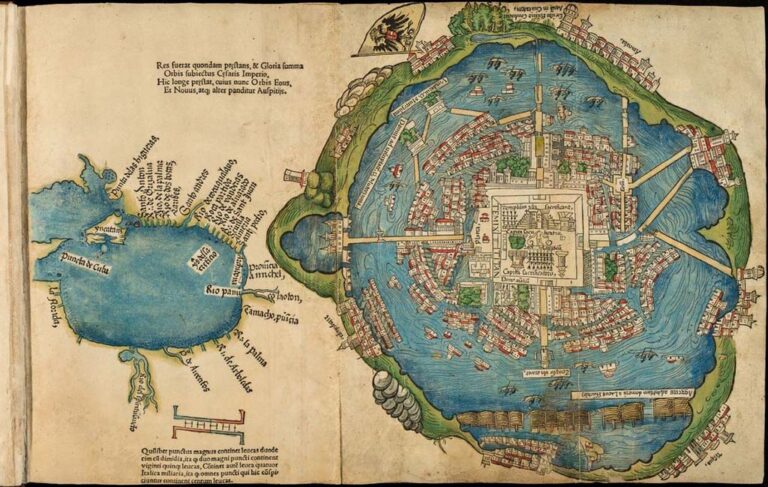
Urban Heritage of Tenochtitlan, Mexico
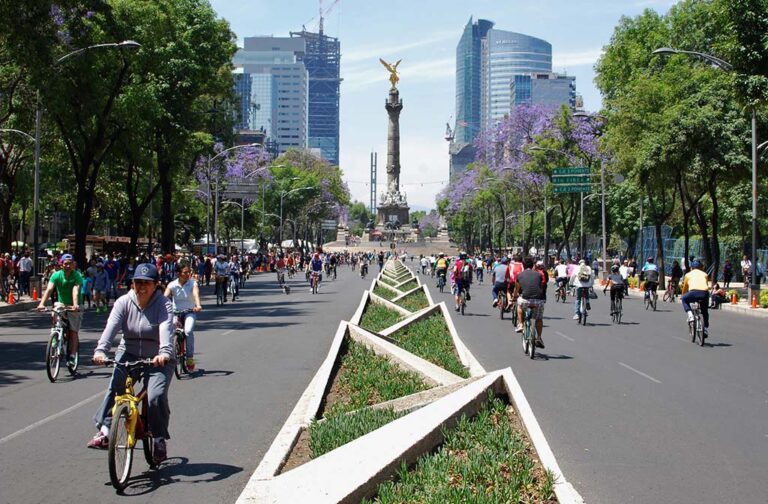
Healthy Veins of the City: Safe and Sustainable Streets
5-Days UDL GIS
Masterclass
GIS Made Easy – Learn to Map, Analyse, and Transform Urban Futures
Session Dates
14th-18th July 2025

Free E-Book
From thesis to Portfolio
A Guide to Convert Academic Work into a Professional Portfolio”
Recent Posts
- Article Posted:
- Article Posted:
- Article Posted:
- Article Posted:
- Article Posted:
- Article Posted:
- Article Posted:
- Article Posted:
- Article Posted:
- Article Posted:
- Article Posted:
- Article Posted:
- Article Posted:
Sign up for our Newsletter
“Let’s explore the new avenues of Urban environment together “


